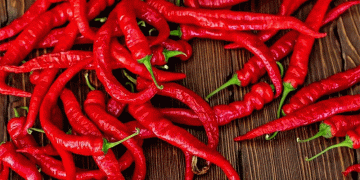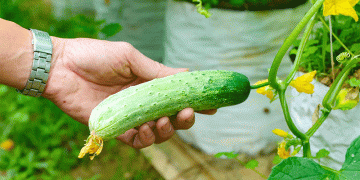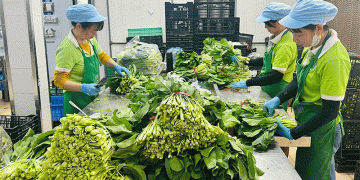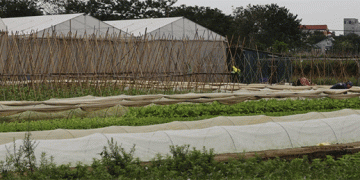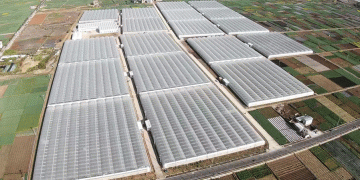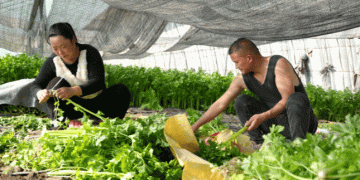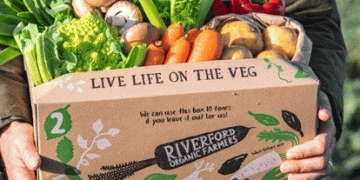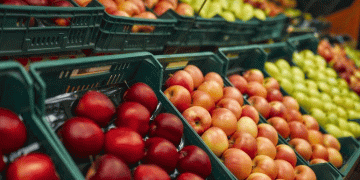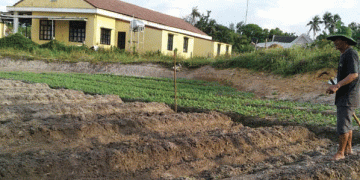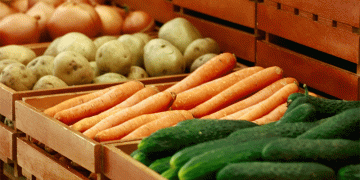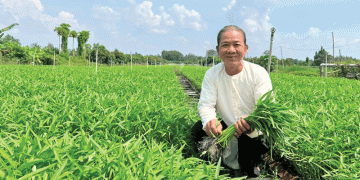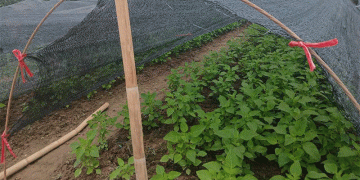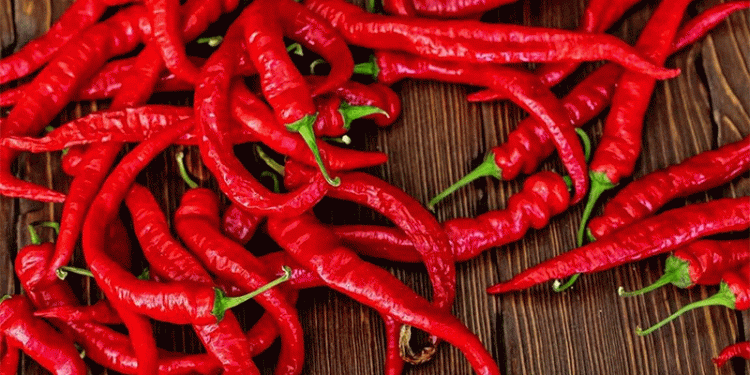Recent reports from traditional markets in Indonesia indicate a notable decline in the price of non-spicy bird’s eye chili (cabai rawit tak pedas). Previously priced at Rp70,000 per kg, the current rate has fallen to Rp55,000 per kg, a 21.4% decrease. This drop has been attributed to an influx of cheaper chili shipments from Makassar, priced at just Rp35,000 per kg, disrupting local market dynamics.
Eka, a trader at Kotaraja Autonomous Market, confirmed that the arrival of imported chili from Makassar has pressured local prices downward. *”Normally, local chili sells for Rp70,000/kg, but now it’s down to Rp55,000/kg,”* she explained. Meanwhile, curly red chili (cabai keriting) has seen an opposite trend, rising from Rp50,000/kg to Rp70,000/kg, a 40% increase, possibly due to tighter supply or increased demand.
Broader Market Implications
- Supply Chain Influence – The entry of cheaper chili from other regions highlights how inter-regional trade can destabilize local farmers’ incomes.
- Price Volatility Risks – Farmers must anticipate market fluctuations, possibly diversifying crops or adopting better storage techniques to mitigate losses.
- Consumer Benefits – Lower chili prices may ease household expenses, but long-term instability could discourage farmers from production.
Global and National Context
According to the Food and Agriculture Organization (FAO), climate variability and transportation costs heavily influence vegetable pricing in developing markets. In Indonesia, the Ministry of Agriculture has emphasized the need for better supply chain management to stabilize essential commodity prices.
The sudden drop in non-spicy bird’s eye chili prices underscores the vulnerability of farmers to external market forces. While consumers benefit from lower prices, producers must adapt through diversification, improved logistics, and government-supported pricing mechanisms. Sustainable farming practices and real-time market monitoring could help balance supply and demand more effectively.
